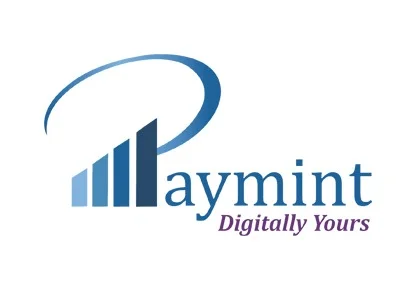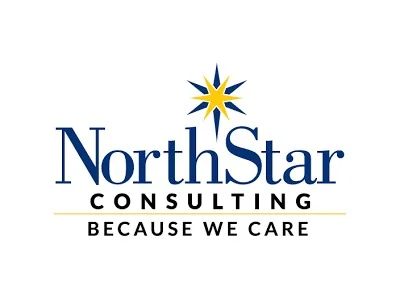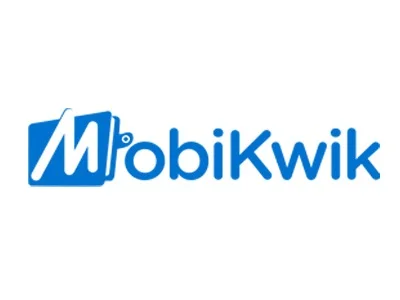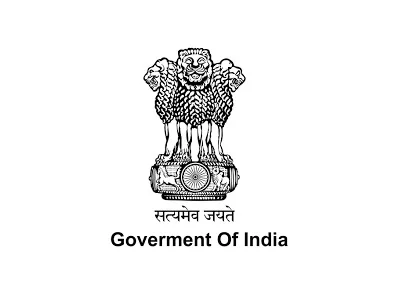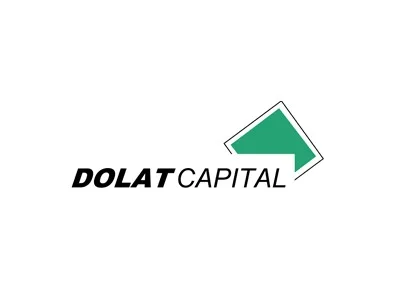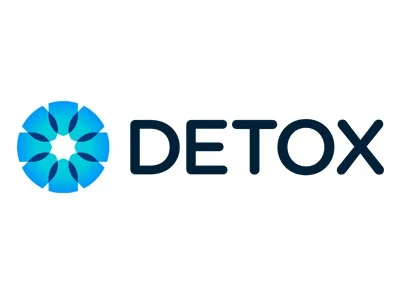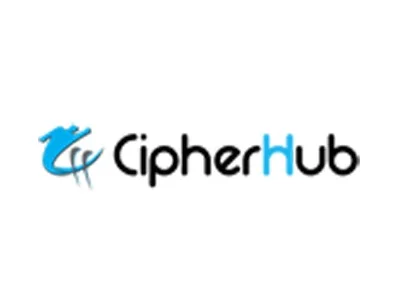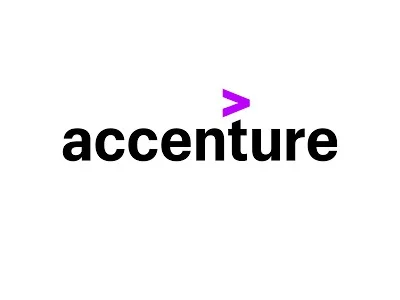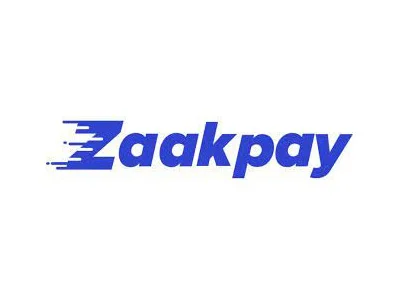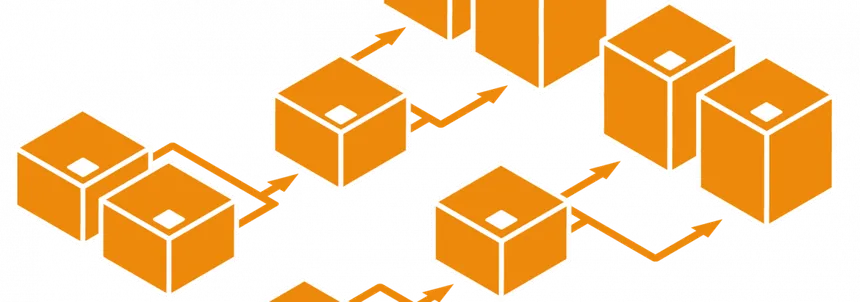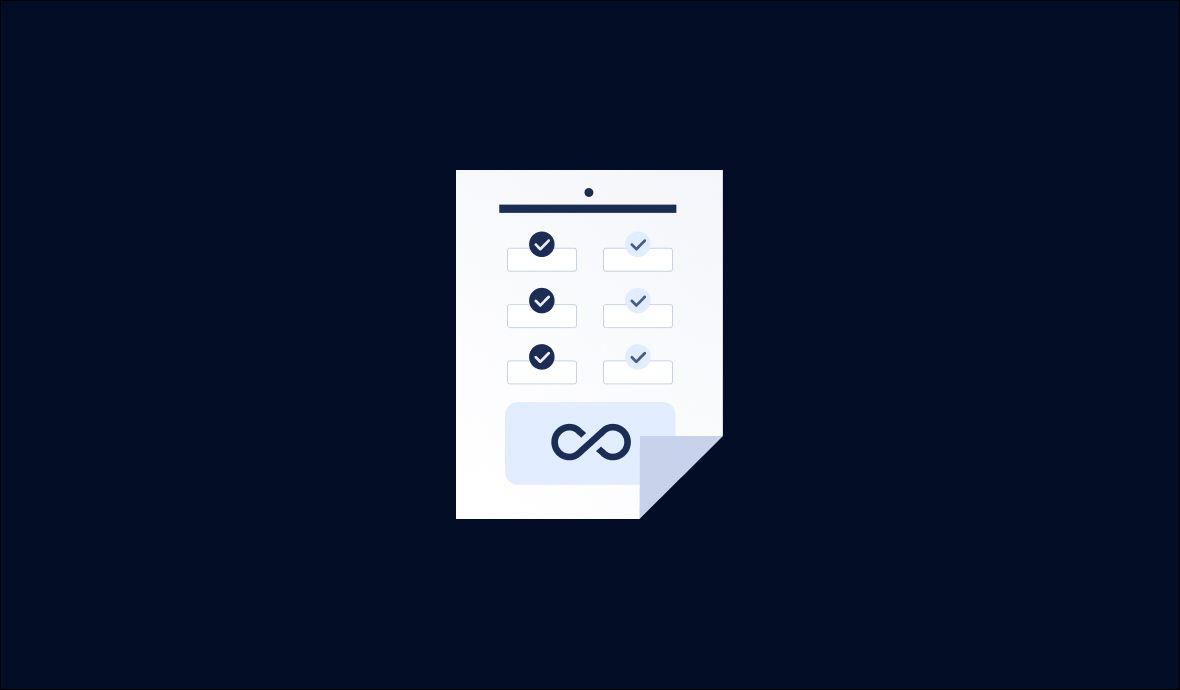
Overview
Lorcam Securities ensures the highest standards of regulatory compliance, prioritizing the security and integrity of our financial services. Our expert team meticulously follows industry regulations, providing you with reliable, transparent, and trustworthy solutions. With Lorcam Securities, you can be confident that your investments are managed with the utmost compliance and care.
Why Choose Us?
Lorcam Securities provides cutting-edge compliance and security services designed to protect and streamline your business operations. With our expert team and tailored solutions, we help you navigate complex regulatory landscapes, ensuring your organization meets all industry standards efficiently and effectively. Trust Lorcam Securities to safeguard your business and simplify your compliance journey.


Our Expertise
Lorcam Securities leverages extensive expertise in standard compliance to provide unparalleled security and reliability in financial services. Our team of seasoned professionals possesses deep regulatory knowledge and a proactive approach to managing compliance requirements.
We meticulously monitor and adapt to evolving industry standards, ensuring that our solutions are both current and effective. By offering tailored compliance strategies and transparent reporting, we address your specific needs and maintain rigorous standards. Trust Lorcam Securities to safeguard your financial operations with exceptional expertise and commitment to regulatory excellence.
Benefits of Standard Compliance
- Strengthens protection against data breaches and cyber threats.
- Ensures compliance with legal and regulatory requirements.
- Builds credibility with clients and stakeholders.
- Identifies and mitigates potential risks effectively.

Types of Standard Compliances
- ISO IEC 27001 Compliance
- Cloud Testing
- Network Testing
- Application Testing
- IoT Security Testing
- Thread Modeling
- Secure Code
- Medical Device
Nearly as crucial as performing application security testing is comprehending the deployed configuration of the server or infrastructure that runs the web application. Despite the diversity of application platforms, a number of fundamental platform setup difficulties, such as how an unsecured programme can infect the server (insecure HTTP methods, old/backup files), can put the application in risk. TLS Security, App Platform Configuration, File Extension Handling, and Cross Site Tracing are a few examples. HTTP methods, file permissions, and strong transport security are all put to the test.
Authentication is the process of attempting to confirm the sender of a communication’s digital identity. The most prevalent illustration of such a process is the log-on process. Testing the authentication schema requires knowledge of how the authentication procedure operates and use of that knowledge to subvert the authentication mechanism. Poor lockout mechanisms, circumventing authentication schemes, browser cache vulnerabilities, and inadequate authentication in other channels are a few examples.
Session management is the collective term for any controls in charge of overseeing a user’s stateful activity with the web application they are using. Everything from user authentication to the general logout process is included here. A few instances include session fixation, cross-site request forgery, cookie management, session timeout, and testing the functionality of the logout process.
Since authorization comes after successful authentication, the pen tester will validate this after establishing that they have authentic credentials linked to a clear-cut set of roles and privileges. Insecure direct object references, privilege escalation, and getting around permission rules are a few examples. Permission testing requires comprehending the operation of the authorization system and using that understanding to circumvent it.
Since authorization comes after successful authentication, the pen tester will validate this after establishing that they have authentic credentials linked to a clear-cut set of roles and privileges. Insecure direct object references, privilege escalation, and getting around permission rules are a few examples. Permission testing requires comprehending the operation of the authorization system and using that understanding to circumvent it.
Since authorization comes after successful authentication, the pen tester will validate this after establishing that they have authentic credentials linked to a clear-cut set of roles and privileges. Insecure direct object references, privilege escalation, and getting around permission rules are a few examples. Permission testing requires comprehending the operation of the authorization system and using that understanding to circumvent it.
Since authorization comes after successful authentication, the pen tester will validate this after establishing that they have authentic credentials linked to a clear-cut set of roles and privileges. Insecure direct object references, privilege escalation, and getting around permission rules are a few examples. Permission testing requires comprehending the operation of the authorization system and using that understanding to circumvent it.

